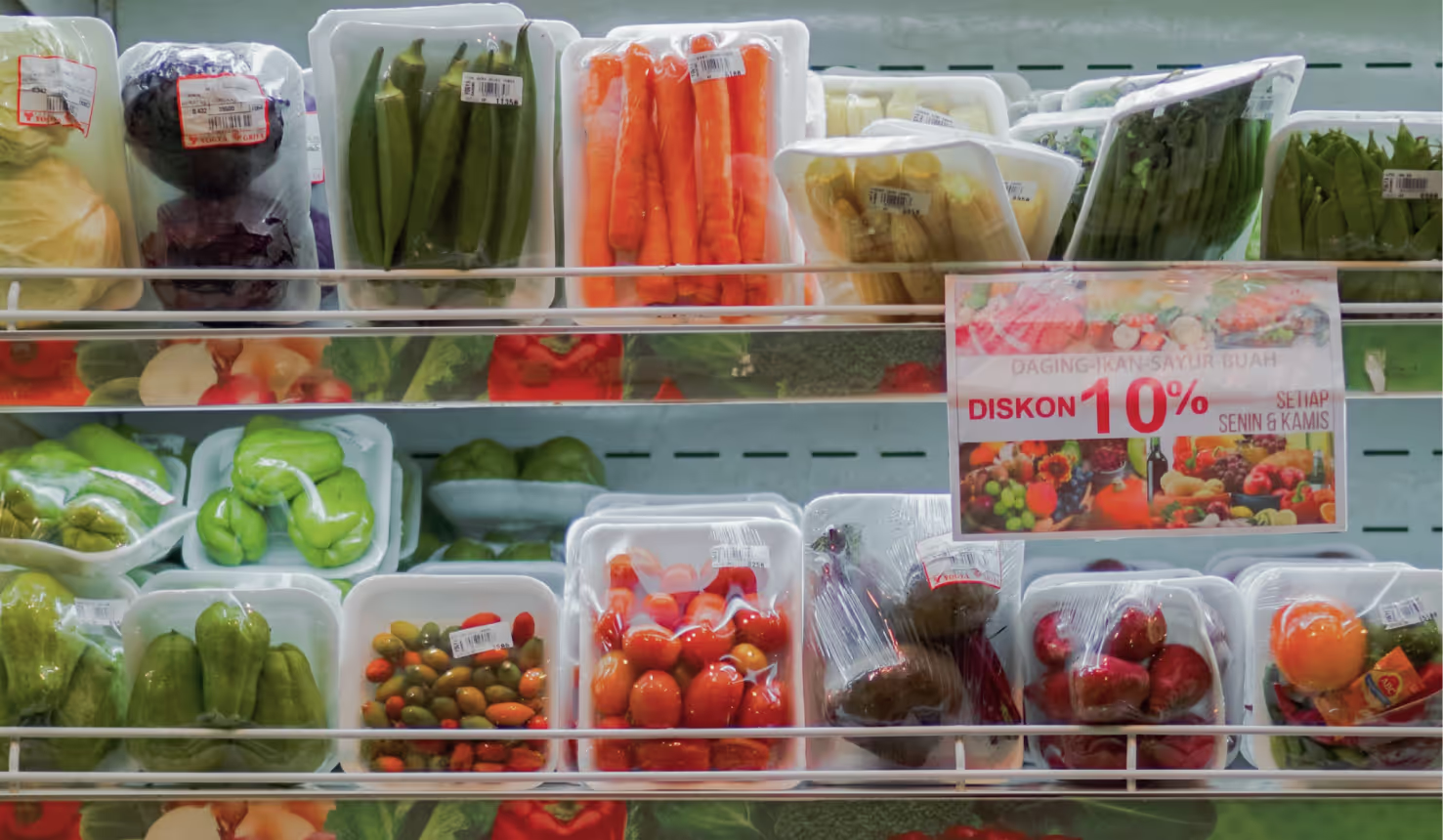Can Seasonal Produce Combat Climate Change?

Join the community





In the past few years, you may have seen messaging about ways to reduce your food miles. Food miles are one reason to eat locally, but they're not the only reason, or even the most prominent reason.
There isn't a one-size-fits-all solution for when and where to buy your fruits and vegetables, but there are plenty of climate benefits to shopping in-season whenever possible.
In-Season vs. Off-season produce
The best choice that you can make is to buy produce that is in-season where you live. Buying this produce, whether from a supermarket or local produce shop, will have a lower impact on the planet. Here are 5 places where you can shop for local, seasonal fruits and vegetables.
With so many globalized supply chains, you can find most produce year-round, but eating with your local seasons is a great way to not only lower your footprint, but to appreciate fleeting fruits like tomatoes, berries, and melons when they’re in their prime.
Instead of buying off-season produce can try using seasonal alternatives. For example, during the winter season, you can substitute tomatoes with pumpkins and squashes to make sauces for pasta dishes. You can also use carrots with a little vinegar and spice to achieve the acidity and tangy flavor typically found in tomatoes.
If you really need to buy off-season produce, it's better to choose produce that was grown in a country where it's in season rather than buying one that was grown in nearby greenhouses.
We might think that food grown closer to us is better for the environment, but that's not the case. Food production causes 83% of the emissions caused by food. This is before the transportation of food even begins!
Also, most of the food transported across countries and continents is transported by sea, causing much fewer emissions than growing off-season produce in energy-intensive greenhouses.
Look out for air freight
A very small percentage (0.16% to be precise) of food is actually air freighted. These are fragile fruits and vegetables that need to be eaten soon after harvest. Examples of such produce include asparagus, green beans, and berries.
Sea freight emits significantly fewer emissions compared to air freight, so it is advisable to avoid purchasing air-freighted foods. One effective way to identify them is to look for the origin label on perishable fruits and vegetables. Those cherries from Chile are definitely flown in!












